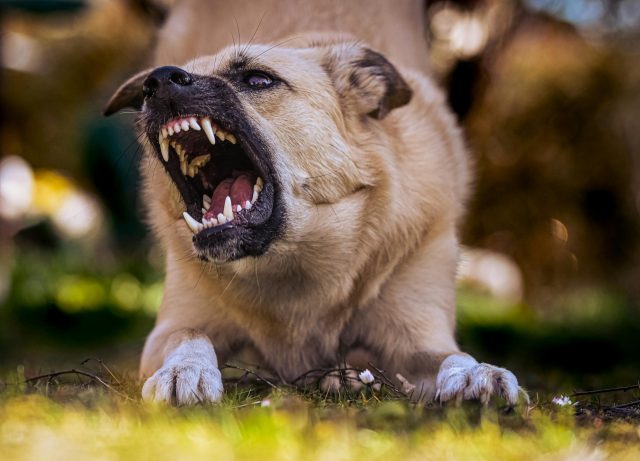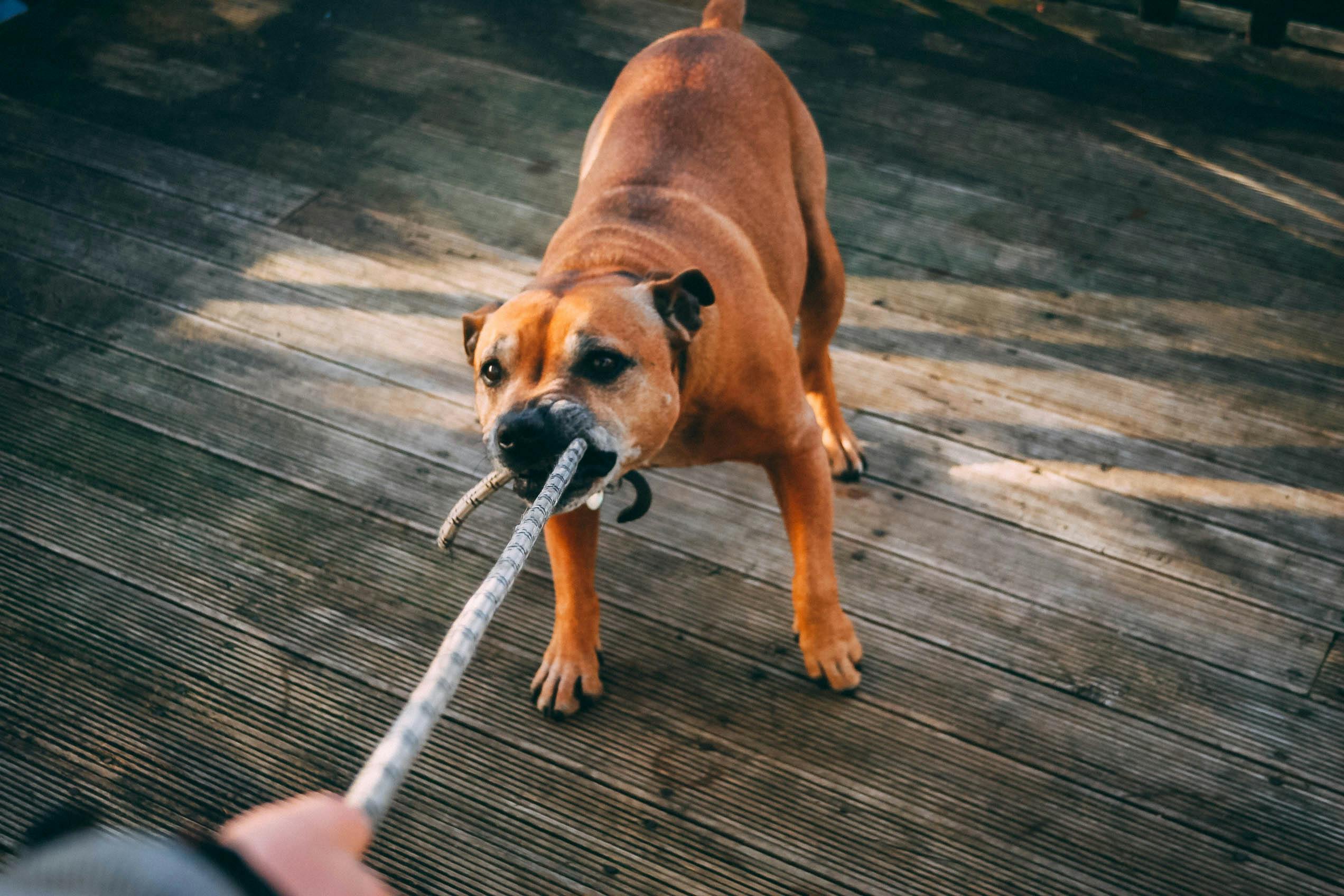Dealing with dog aggression can be a challenging and stressful experience for any pet owner. Understanding and addressing this behavior is crucial not only for the well-being of your dog but also for ensuring the safety of those around you. Dog aggression can manifest in various ways, from growling and snapping to more severe actions like biting. These behaviors can stem from multiple factors, including fear, anxiety, territorial instincts, or underlying medical conditions. By comprehensively understanding the causes and implementing effective management strategies, you can help your dog overcome aggressive tendencies and foster a more harmonious relationship.
This article will delve into the different forms of dog aggression, common causes, prevention strategies, and practical steps to manage and mitigate aggressive behavior in dogs. We will also discuss when it is essential to seek professional help and provide safety tips to protect your dog and others during aggressive episodes.

Understanding Dog Aggression
Defining Dog Aggression and Its Various Forms
Dog aggression is a complex behavior that can present in various forms, including territorial, fear-based, possessive, and protective aggression. Territorial aggression occurs when a dog perceives a threat to its space or family, while fear-based aggression arises from feeling threatened or scared. Possessive aggression is linked to resource guarding, where a dog becomes aggressive over food, toys, or possessions. Protective aggression is exhibited when a dog defends its family members from perceived threats.
Common Signs of Aggression in Dogs
Recognizing the signs of aggression is the first step in addressing the issue. Common indicators include growling, baring teeth, snapping, lunging, and biting. Signs like stiff body posture, intense staring, and raised hackles can also indicate aggression. Understanding these signals can help prevent escalation and allow for timely intervention.
Discover The Top 10 Best Behaved Dog Breeds Now
Common Causes of Dog Aggression
Exploring the Underlying Reasons
Aggressive behavior in dogs can stem from various underlying causes. Genetics plays a significant role, as some breeds are more predisposed to aggression. A lack of socialization during a dog’s critical developmental periods can lead to fear and aggressive responses to unfamiliar situations or people. Past trauma or abuse can also contribute to aggressive behavior, as can certain medical conditions that cause pain or discomfort.
Factors Influencing Aggression
In addition to genetics and socialization, the dog’s environment, experiences, and training methods can influence aggression. For example, a dog that has been punished harshly may become fearful and defensive. Understanding these factors is essential for developing an effective management plan.
Prevention Strategies for Dog Aggression
Tips to Prevent Aggression
Preventing aggression involves proactive strategies to ensure your dog develops into a well-adjusted and confident pet. Early socialization is crucial, as well as exposing your dog to various people, animals, and environments in a positive manner. Obedience training helps establish clear communication and reinforces desired behaviors. Positive reinforcement techniques, such as rewarding good behavior with treats and praise, can also prevent aggression by promoting a trusting relationship between you and your dog.
Find Out the 15 Breeds Trainers Warn Against
Steps to Take When Dealing with Dog Aggression
Step-by-Step Guide to Managing Aggression
When dealing with dog aggression, it is essential to approach the situation calmly and systematically. Here are some steps to follow:
- Identify Triggers: Observe your dog to determine what triggers aggressive behavior. This could be specific people, animals, or situations.
- Desensitization and Counter-Conditioning: Gradually expose your dog to the triggers at a distance where they do not react aggressively, rewarding calm behavior. Slowly decrease the distance over time.
- Seek Professional Help: If the aggression persists or is severe, consult a veterinarian or a professional dog trainer experienced in dealing with aggressive dogs.
- Consistency and Patience: Managing aggression requires consistency in training and patience. Avoid situations that trigger aggressive behavior until your dog has made significant progress.
When to Seek Professional Help
Importance of Professional Assistance
Sometimes, despite your best efforts, dealing with dog aggression may require professional intervention. A veterinarian can rule out medical conditions that might be causing pain or discomfort. A qualified dog behaviorist or trainer can develop a customized behavior modification plan tailored to your dog’s needs.
Finding Qualified Professionals
Look for professional certifications from reputable organizations such as the International Association of Animal Behavior Consultants (IAABC) or the Certification Council for Professional Dog Trainers (CCPDT). Reading reviews and asking for recommendations can also help you find the right expert.
Tips for Ensuring Safety
Practical Advice for Safety
Ensuring safety during aggressive episodes is paramount. Use tools like muzzles and leashes to control your dog in public or during training sessions. Create a safe space where your dog can retreat when feeling overwhelmed. Educate family members and visitors on interacting with your dog to avoid triggering aggression.
Teach Your Dog These 8 Key Behaviors
Conclusion: Effective Strategies for Managing Dog Aggression
Dealing with dog aggression requires a comprehensive understanding of its causes, proactive prevention strategies, and effective management techniques. By identifying triggers, employing desensitization methods, and seeking professional help when necessary, you can help your dog overcome aggressive tendencies and improve their overall behavior. Ensuring safety for both your dog and others is essential throughout this process. With patience, consistency, and the right approach, managing and reducing dog aggression is possible, fostering a safer and more harmonious environment for everyone involved.

 Toledo, United States.
Toledo, United States.